How Can Companies Involve Their Employees in the Compliance Process?
In today’s business environment, compliance is not just a top-down mandate; it’s a collective responsibility that involves every level of an organization. When employees are actively involved in the compliance process, companies not only enhance their adherence to regulations and ethical standards but also foster a culture of transparency and accountability. At CDG, we recognize the critical role that employee engagement plays in successful social compliance, and we work with businesses to help them integrate their teams into the compliance process effectively.
In this blog post, we’ll explore how companies can involve their employees in the compliance process, offering practical tips and real-world examples to guide you in building a more inclusive and effective compliance strategy.
Introduction: The Importance of Employee Engagement in Compliance
Compliance with laws, regulations, and ethical standards is essential for maintaining a company’s reputation, avoiding legal penalties, and ensuring sustainable operations. However, achieving and maintaining compliance requires more than just policies and audits—it requires the active participation of employees. When employees understand the importance of compliance and are involved in the process, they are more likely to adhere to policies, identify potential risks, and contribute to a culture of integrity.
1. Educating Employees on Compliance Standards
The first step in involving employees in the compliance process is education. Employees need to understand the compliance standards that apply to their roles and the broader implications of these standards for the company.
1.1. Providing Comprehensive Training
Effective compliance training is essential for helping employees understand their responsibilities and the importance of adherence to company policies.
- Tailored Training Programs: Develop training programs that are tailored to the specific roles and responsibilities of employees. This ensures that the information is relevant and applicable to their daily tasks.
- Interactive Learning: Use interactive methods, such as workshops, e-learning modules, and case studies, to make the training engaging and practical.
Example: A manufacturing company might offer a combination of in-person workshops and online courses to educate employees about safety regulations, ethical sourcing, and anti-corruption policies. These programs can be tailored to different departments, ensuring that all employees receive the information they need to comply with relevant standards.
1.2. Regular Refresher Courses
Compliance is not a one-time event but an ongoing process. Regular refresher courses help keep compliance top of mind for employees and ensure that they stay updated on any changes to policies or regulations.
- Annual Training: Implement annual refresher courses to reinforce key compliance concepts and introduce any new regulations or company policies.
- Continuous Learning: Encourage continuous learning by providing access to resources such as webinars, articles, and updates on industry trends.
Practical Tip: Incorporate quizzes or assessments into your refresher courses to gauge employees’ understanding of compliance topics and identify areas where additional training may be needed.
2. Empowering Employees to Take Ownership of Compliance
To truly involve employees in the compliance process, companies must empower them to take ownership of compliance in their roles. This involves creating an environment where employees feel responsible for upholding standards and are encouraged to speak up when they identify potential issues.
2.1. Creating a Speak-Up Culture
Encouraging employees to report concerns or potential violations is a critical aspect of an effective compliance program. A speak-up culture ensures that issues are identified and addressed before they escalate.
- Anonymous Reporting Channels: Provide anonymous reporting channels, such as hotlines or online platforms, where employees can report concerns without fear of retaliation.
- Open Communication: Foster open communication by encouraging managers to regularly discuss compliance topics with their teams and make it clear that all concerns will be taken seriously.
Example: A retail company might implement an anonymous whistleblower hotline, allowing employees to report any unethical behavior or violations of company policy. Regular town hall meetings can also be held to discuss compliance issues and reinforce the company’s commitment to ethical practices.
2.2. Involving Employees in Policy Development
Employees are more likely to adhere to compliance policies if they have a role in shaping them. Involving employees in the development of these policies not only ensures that they are practical and relevant but also fosters a sense of ownership.
- Feedback and Suggestions: Solicit feedback from employees on existing compliance policies and invite suggestions for improvement. This can be done through surveys, focus groups, or suggestion boxes.
- Cross-Departmental Committees: Establish cross-departmental compliance committees that include representatives from various levels of the organization. These committees can review policies, discuss potential risks, and develop strategies for enhancing compliance.
Practical Tip: Create a formal process for collecting and reviewing employee feedback on compliance policies. This not only improves the policies themselves but also demonstrates to employees that their input is valued.
3. Integrating Compliance into Daily Operations
To ensure that compliance becomes a natural part of employees’ daily activities, it’s important to integrate compliance processes into routine operations. This makes it easier for employees to adhere to standards without it feeling like an additional burden.
3.1. Embedding Compliance into Workflows
Compliance should be embedded into the workflows and processes that employees engage with every day. This integration helps ensure that compliance is considered in every decision and action.
- Compliance Checkpoints: Introduce compliance checkpoints into key processes, such as product development, procurement, and sales. These checkpoints can be used to review and verify compliance with relevant standards before proceeding to the next stage.
- Automated Systems: Utilize automated systems and software that incorporate compliance requirements into everyday tasks, such as supply chain management tools that track ethical sourcing or HR systems that monitor labor law compliance.
Example: An electronics company might integrate compliance checkpoints into its product development process, ensuring that all products meet environmental and safety standards before they are approved for production.
3.2. Recognizing and Rewarding Compliance
Recognizing and rewarding employees who demonstrate a strong commitment to compliance can reinforce positive behavior and encourage others to follow suit.
- Incentive Programs: Develop incentive programs that reward employees for identifying compliance risks, suggesting improvements, or consistently adhering to policies.
- Public Recognition: Recognize employees who go above and beyond in their compliance efforts in company-wide communications, such as newsletters, meetings, or award ceremonies.
Practical Tip: Consider implementing a “Compliance Champion” program, where employees who exemplify strong compliance practices are recognized and rewarded. This can motivate others to take compliance seriously and contribute to a positive compliance culture.
Building a Compliance-Driven Culture
Involving employees in the compliance process is not just about ensuring adherence to regulations—it’s about building a culture where ethical behavior and accountability are ingrained in every aspect of the business. By educating employees, empowering them to take ownership, and integrating compliance into daily operations, companies can create an environment where compliance is a shared responsibility and a source of pride.



